Riding to the rescue across rough terrain
Updated: 2014-02-17 07:23
By Ben Yue in Doha, Qatar (China Daily)
|
|||||||||||
Meanwhile, two ambulances are operated by the Organization for Mine Clearance and Afghan Rehabilitation, which looks after the bikes with regular maintenance.
The ambulances can work in far more hostile terrain than other vehicles.
|
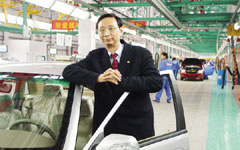 |
|
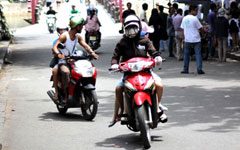 |
|
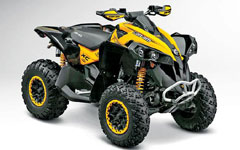 |
According to eRanger, the ambulances in Afghanistan have made more than 100 trips, benefiting more than 700 families.
Ambulance drivers can be trained locally by eRanger's team. The company also has training facilities at its South African factory, including a test track to replicate driving conditions and a classroom to train personnel in practical situations.
The company keeps live data such as the drivers' names, response times and patient outcomes during the journey to health centers to ensure that the vehicles are used in the most effective way.
This data collection is also supporting medical research in institutions, such as the Johns Hopkins University in Baltimore in the United States, and many NGOs.
Norman tells how the company once arranged a team of drivers to drive the eRanger ambulances from Egypt to Swaziland over a three-month period and some 10,000 kilometers to test how durable they are.
In daily usage, however, the bikes do not suffer so much punishment. They usually travel a maximum of 30 to 40 kilometers from where the patients are to the nearest health centers.
"The concept is that the eRanger ambulance is based in a rural health center and reaches out to the edge of the population catchment area that the health center covers," Norman says.
But he explains that if transfer from the health center to a higher level of care, such as a hospital, is necessary, the vehicle can still be used.
"The issue is that if the patient is a trauma case, there is only a small window of time, a maximum of two or three hours, to reach an appropriate level of care," he says. "Much longer, the final outcome of the patient would be poor."
The company has another product, the Mobile Clinic. This vehicle is able to carry more drugs and equipment and can transport two rural doctors from the health center into the field to quickly set up primary healthcare such as postnatal checks and white blood cell monitoring.
Related Stories
Lifan sees Africa as gateway to world 2013-06-18 07:24
China to end motorbike subsidy in rural areas 2012-11-26 14:17
Chongqing finds opportunity selling motorcycles 2013-10-14 00:38
Finding real wealth in health industry 2014-02-17 08:56
Asia's bitter pill to swallow in hospital services 2014-02-17 07:23
Today's Top News
EU halts education talks with Switzerland
Ukraine protesters leave city hall
Germany, France seek data security
No much progress in Syria peace talks
Lantern Festival fires kill 6 in China
China urges US to respect history
KMT leader to visit mainland
11 terrorists dead in Xinjiang
Hot Topics
Lunar probe , China growth forecasts, Emission rules get tougher, China seen through 'colored lens', International board,
Editor's Picks
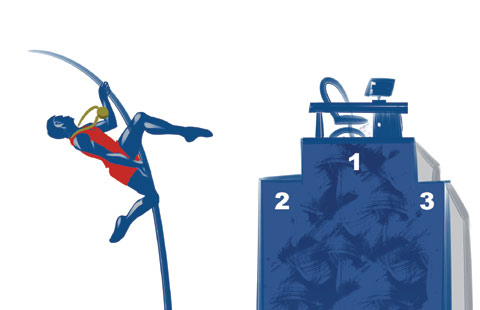
|

|

|

|
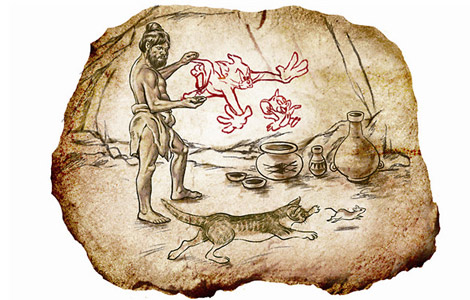
|
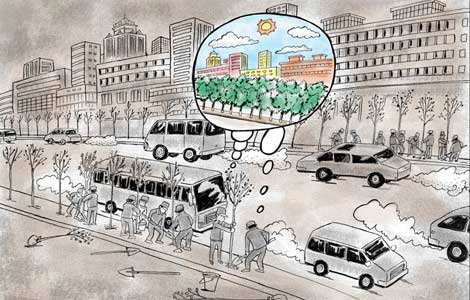
|





